+8613776545860
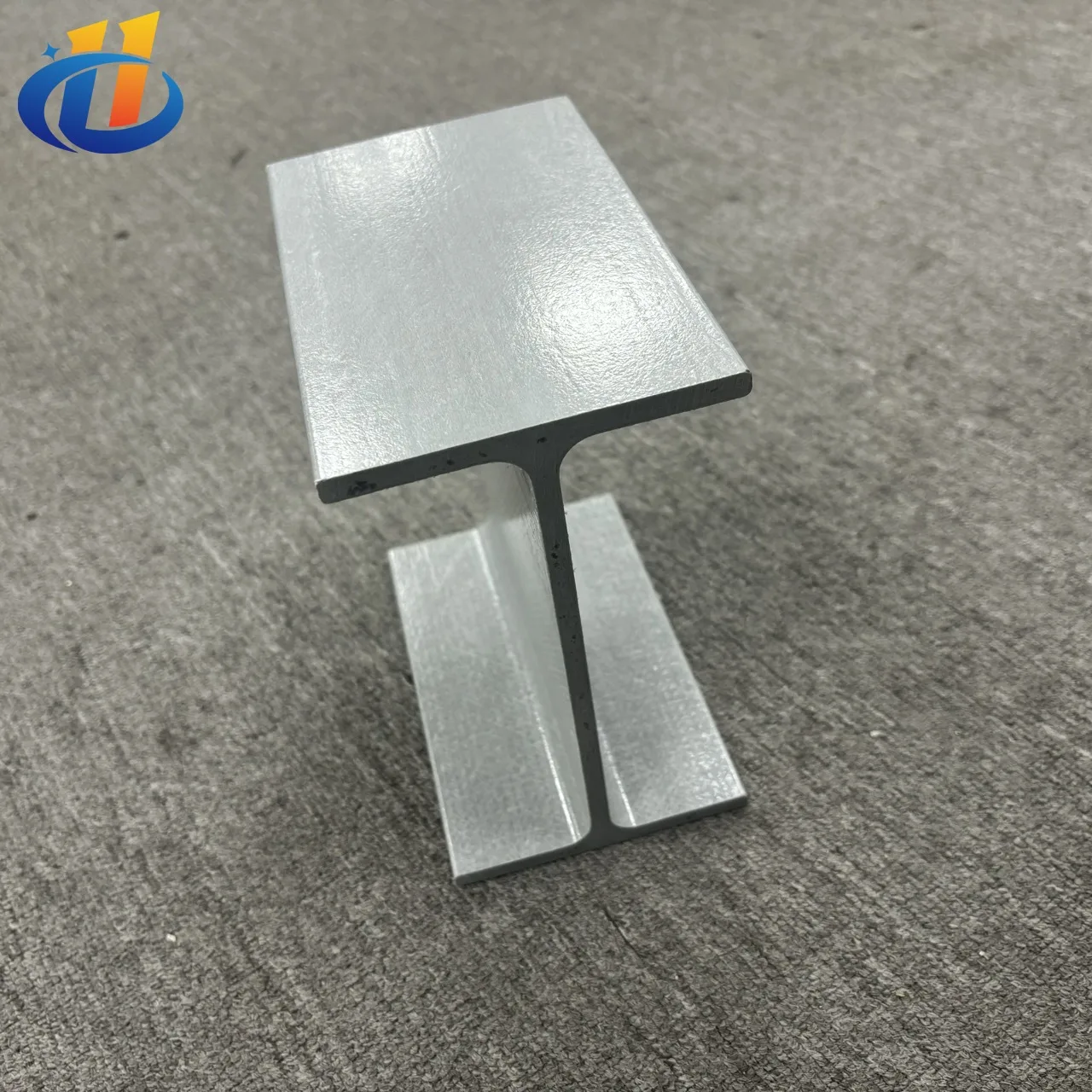
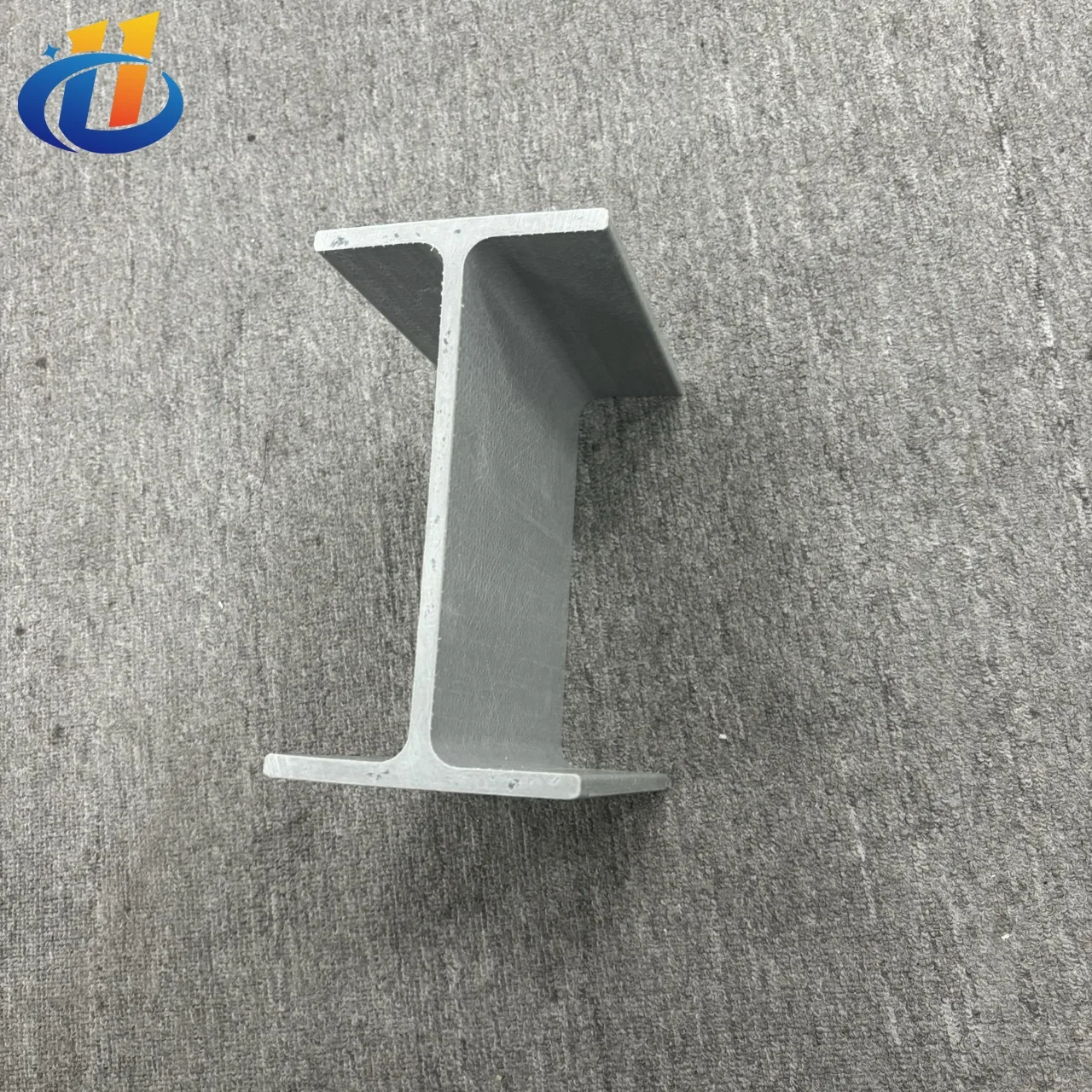
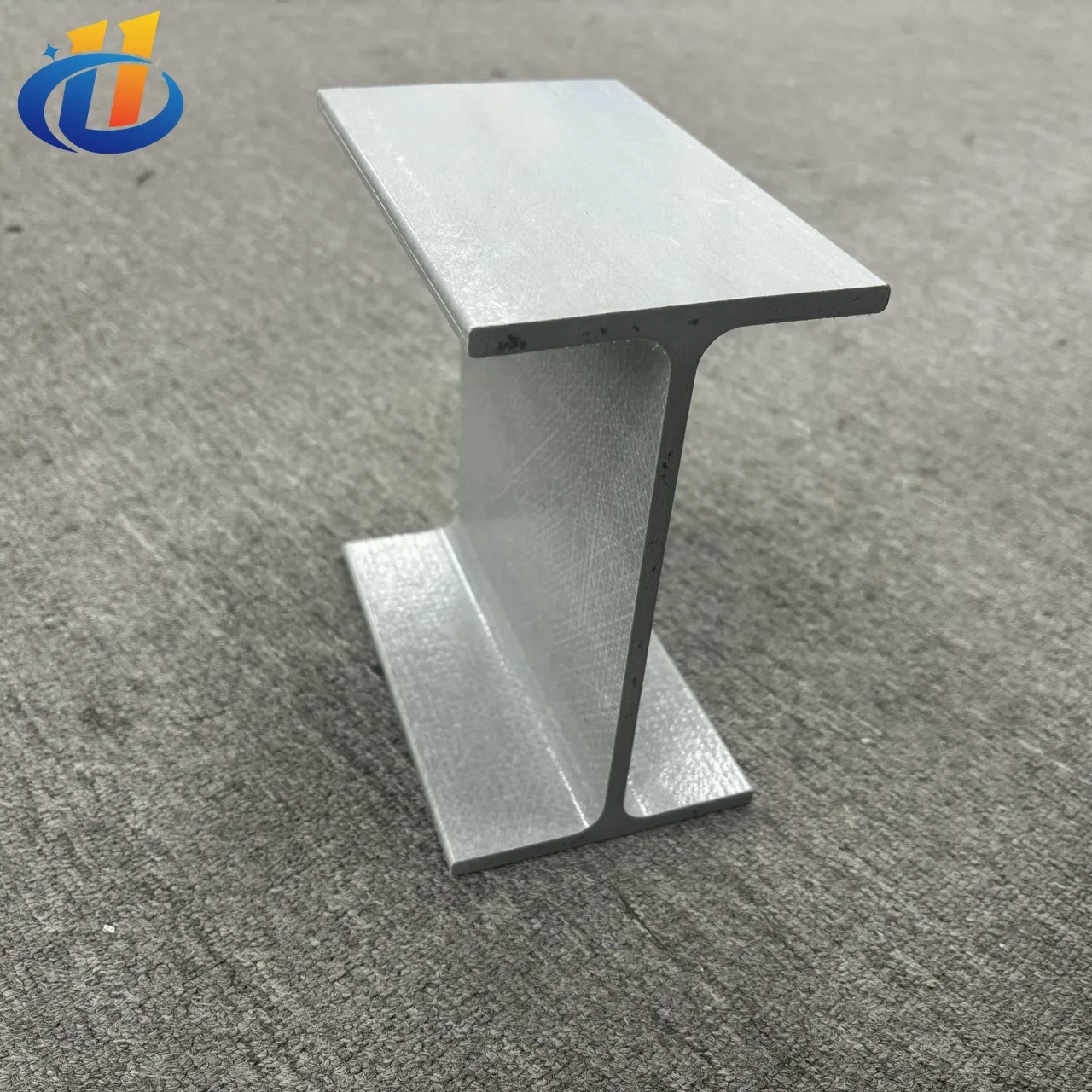
A Comprehensive Guide to Fiberglass Beams: Advantages, Uses, and Why They’re Superior to Traditional Materials
What Are Fiberglass Beams?
Fiberglass beams, also known as glass fiber reinforced polymer (GFRP) beams, are engineered structural elements made from continuous glass fibers embedded in a resin matrix. This combination creates beams that offer impressive strength, corrosion resistance, and flexibility, making them ideal for a wide range of construction applications. Available in various profiles, such as I-beams, H-beams, and channels, fiberglass beams are a versatile solution for projects requiring long-lasting durability.
Key Benefits of Fiberglass Beams
1. Corrosion Resistance
One of the most significant advantages of fiberglass beams is their ability to withstand harsh environments. Traditional steel beams, when exposed to moisture, salt, or chemicals, are prone to corrosion over time, compromising structural integrity. Fiberglass, however, does not corrode, making it an ideal material for projects in coastal areas, industrial facilities, or other environments where corrosion is a concern.
2. Lightweight and Strong
Fiberglass beams offer a unique combination of being lightweight while still providing excellent strength. Weighing significantly less than steel or concrete, fiberglass is easier to transport and install, reducing labor and equipment costs. Despite their lower weight, fiberglass beams can still support substantial loads, making them suitable for both lightweight and heavy-duty applications.
3. Non-Conductive
Unlike metal beams, fiberglass is non-conductive, which makes it an excellent choice for structures in environments where electrical conductivity must be avoided. This includes utility poles, power plants, and telecommunications towers, where safety from electrical hazards is critical.
4. Low Maintenance
Fiberglass beams require minimal maintenance compared to steel, wood, or concrete. They are resistant to water damage, termites, and other pests, and they don’t warp or degrade over time. This means fewer repair costs and a longer lifespan for the structures they support.
5. Thermal and Chemical Stability
Fiberglass beams are capable of withstanding extreme temperatures and resist chemical exposure. Whether in freezing cold environments or industrial settings exposed to chemicals, fiberglass beams maintain their structural integrity, ensuring longevity even under tough conditions.
6. Flexibility in Design
Fiberglass beams can be easily customized to fit specific project requirements. Their flexibility allows for a range of design possibilities, making them suitable for complex architectural and engineering needs.
Common Applications of Fiberglass Beams
The versatility of fiberglass beams allows them to be used in a wide range of applications across various industries. Here are some of the most common uses:
1. Bridge and Marine Construction
In coastal areas or locations where bridges and marine structures are exposed to moisture and saltwater, corrosion can be a major problem for traditional steel beams. Fiberglass beams offer an excellent alternative due to their corrosion resistance, making them ideal for docks, piers, bridges, and seawalls.
2. Industrial Facilities
In industries where structures are exposed to corrosive chemicals, such as chemical processing plants or wastewater treatment facilities, fiberglass beams provide a durable, long-lasting solution. They resist damage from chemical exposure, ensuring the longevity of the infrastructure.
3. Utility and Telecommunications Structures
Because fiberglass is non-conductive, fiberglass beams are commonly used in the construction of utility poles, power plants, and telecommunications towers. This helps protect against electrical hazards while providing a strong support structure for equipment and wiring.
4. Building and Construction
Fiberglass beams are increasingly being used in the construction of residential, commercial, and industrial buildings. Their lightweight nature makes them easier to handle during installation, and their durability ensures a longer lifespan with minimal maintenance.
5. Architectural Design
The flexibility and strength of fiberglass beams make them a popular choice in modern architectural designs. Whether it’s a building’s facade, a decorative structure, or a supporting element in unique designs, fiberglass beams provide structural support while offering aesthetic appeal.
Why Fiberglass Beams Are Superior to Traditional Materials
1. Wood vs. Fiberglass
Wooden beams are susceptible to rot, insect damage, and warping over time, particularly in areas with high humidity or exposure to water. Fiberglass beams, on the other hand, are resistant to these issues, making them a more durable choice for long-term projects.
2. Steel vs. Fiberglass
While steel beams offer strength, they are heavy, difficult to transport, and prone to corrosion in certain environments. Fiberglass beams provide the same level of strength but with the added benefits of being lightweight, corrosion-resistant, and easier to install, reducing both labor and maintenance costs.
3. Concrete vs. Fiberglass
Concrete beams, though durable, are incredibly heavy and require significant time and resources for installation. Fiberglass beams offer a much lighter alternative, reducing the need for heavy machinery during installation while still offering impressive strength and resistance to the elements.
Conclusion: Why Choose Fiberglass Beams?
Fiberglass beams are quickly becoming the material of choice for architects, engineers, and builders who need a versatile, durable, and cost-effective solution for their projects. With their corrosion resistance, lightweight design, high strength, and flexibility, fiberglass beams offer a superior alternative to traditional materials like steel, wood, and concrete.
Whether you’re working on a marine project, an industrial facility, or a complex architectural design, fiberglass beams are the solution you need to ensure long-lasting performance with minimal maintenance. By choosing fiberglass beams, you can reduce costs, improve efficiency, and create structures that stand the test of time.
Ready to explore how fiberglass beams can benefit your next construction project?
Contact us today for expert guidance and a range of high-quality fiberglass beam solutions tailored to your specific needs.

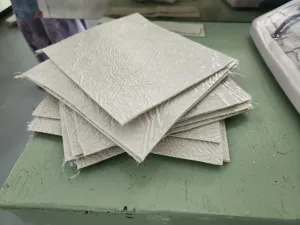
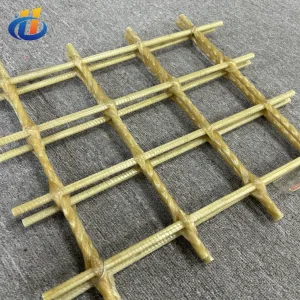
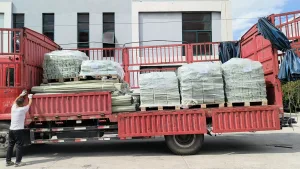
 Get Free Quote Now! Don’t Hesitate!
Get Free Quote Now! Don’t Hesitate!